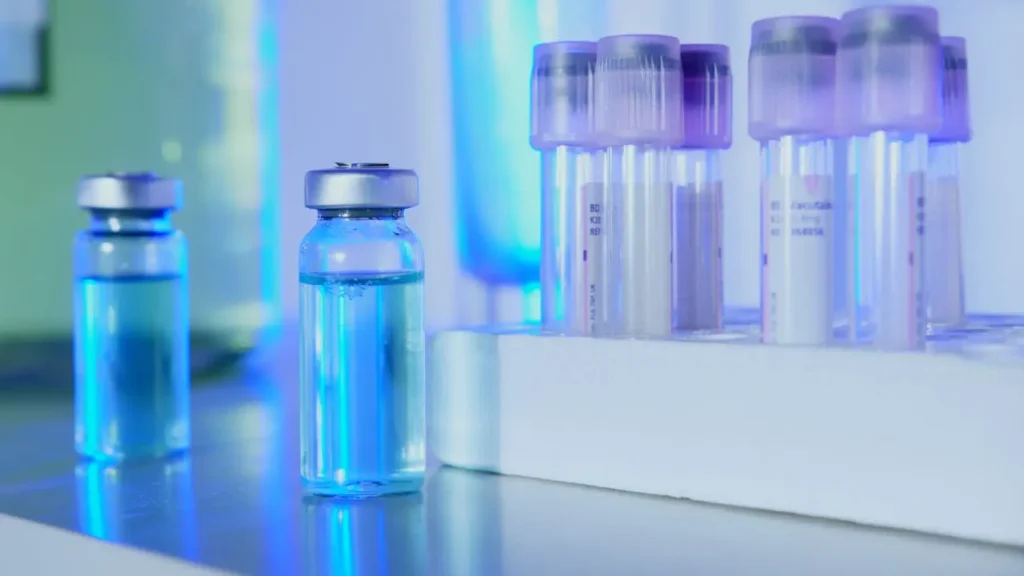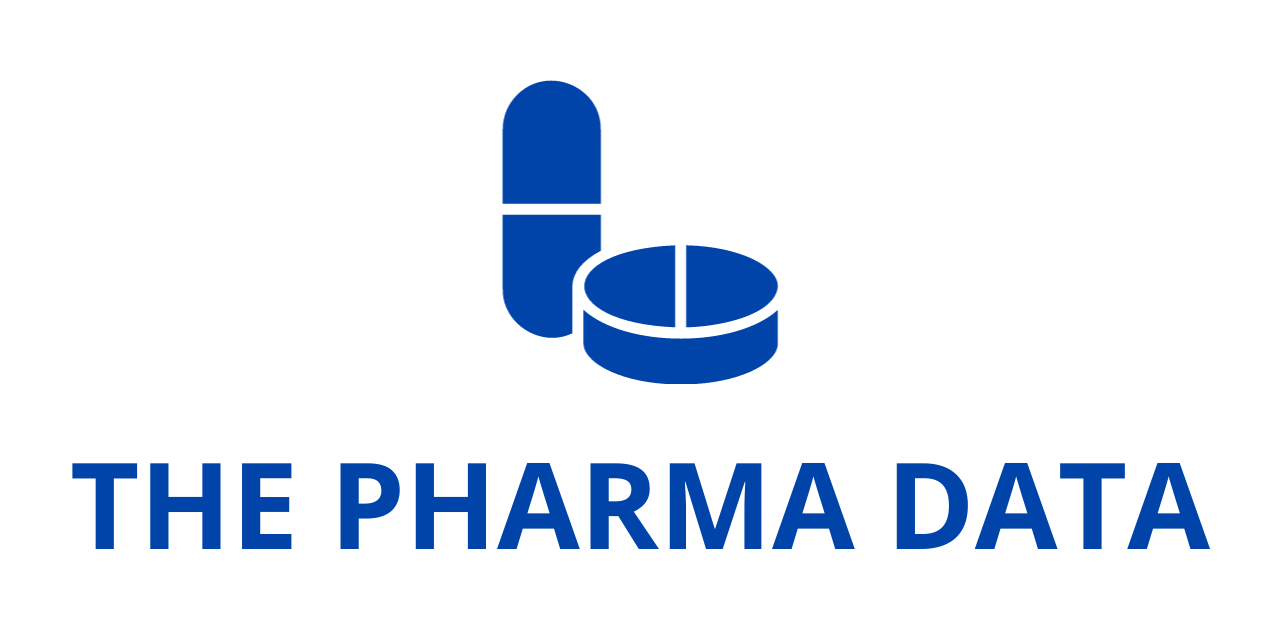
Pharmas Hope FDA PreCheck Can Help Avoid Facility-Related Drug Rejections
Executives from Eli Lilly, Merck and other companies foresee the FDA’s new onshoring proposal being anything from a bureaucratic waste of time to a transformative program that will eliminate inspection-related complete response letters. The FDA’s recent meeting to discuss plans for PreCheck has revealed what the program will need to achieve to be ruled a success—or a failure—by the biopharma industry. The best- and worst-case scenarios spanned a wide range, with meeting attendees voicing hopes that PreCheck will end facility-related drug rejections as some shared fears that the program will just mean more paperwork.
The FDA laid out draft plans in August for PreCheck, which is designed to support companies as they build new facilities in the U.S. The FDA met with industry representatives in late September to share its vision for the program and collect feedback on manufacturing challenges.
A Request for Specificity
Julia Edwards, senior vice president of global regulatory affairs, CMC and devices at Eli Lilly, used the event to set a goal for the FDA.
If PreCheck is working, there should never be another complete response letter for a deficiency at a facility,” the Lilly executive said at the meeting, elaborating on a comment that the agency’s existing emerging technology team, which works with industry to address issues related to novel technologies, may be too restrictive and formulaic to serve as a model for PreCheck.
Edwards’ goalpost reflects the potential for early FDA attention to manufacturing facilities to prevent late surprises. Michael Kopcha, director of the FDA’s Office of Pharmaceutical Quality, said at the meeting that the agency wants to learn about U.S. production facilities as they are being built. Officials could use that knowledge to inform assessments of the chemistry, manufacturing and controls (CMC) parts of drug approval filings.
By front loading much of the facility evaluation process, we can focus application reviews on product-specific considerations rather than spending significant time understanding the basic facility operations and quality systems,” Kopcha said.
The FDA official said the approach could enable a “more streamlined scope of inspections and quality assessments,” but did not commit to targets for the program. Industry representatives pushed for the FDA to go further. Lucy Chang, associate vice president in global regulatory affairs CMC biologics at Merck, said at the meeting that the FDA should clearly define the benefits of participating in the PreCheck program.

Chang called on the FDA to say whether it will waive inspections of facilities that participate in PreCheck and to state how much faster it will complete the evaluation process for plants in the program. Other attendees said success could be measured in terms of reductions in inspections, facility review timelines and time to market for new drugs.
A spokesperson for Association for Accessible Medicines (AAM), which represents generic and biosimilar manufacturers, set a higher-level target, telling BioSpace that the overarching goal from the AAM’s perspective is for companies to continue investing in manufacturing plants in the U.S. without compromising the supply redundancy that international operations can provide.
Fears of Bureaucracy Without Benefits
Along with discussing best-case scenarios for PreCheck, meeting attendees outlined concerns that the program could increase regulatory burdens. Edwards, for instance, told the FDA that PreCheck’s approach to early interactions must “ensure that, with the best of intentions, we don’t overly burden ourselves with another layer of bureaucracy as we build these facilities.”
Kevin Fitzpatrick, senior vice president for quality assurance at AbbVie, argued that communication with the FDA is only helpful if positions the agency adopts are binding, so PreCheck could create problems for companies if the FDA says one thing during early talks only to change its position later.
We don’t want to feel like we’re going through double or triple jeopardy as we march through the process and have different eyes look at this every couple of years,” Fitzpatrick said.
Edwards suggested the agency could ensure consistency by identifying a liaison to work with each company from the start of a facility construction project. Such a liaison could be “incredibly beneficial” as companies establish key details such as how airflow works and how that translates into microbial control across the facility, she said. While drug master files (DMFs) contain a lot of information about a plant, an FDA liaison would more effectively capture the details that accrue when building facilities, she argued.
When you’re putting advanced manufacturing technologies at work, you need a safe and open space that is truly collaborative and goes through the course,” Edwards said. “I’m not sure just writing letters back and forth in a DMF is really going to get us there. It has to be something much more holistic and rooted in innovation and science.”
The feedback gives the FDA an overview of what would make PreCheck a success or failure in the eyes of U.S. drug manufacturers. Its impact could become clearer in the coming weeks and months as the FDA closes a written public comment period on Oct. 30 and outlines the next steps for PreCheck.
Source link: https://www.biospace.com/fda



